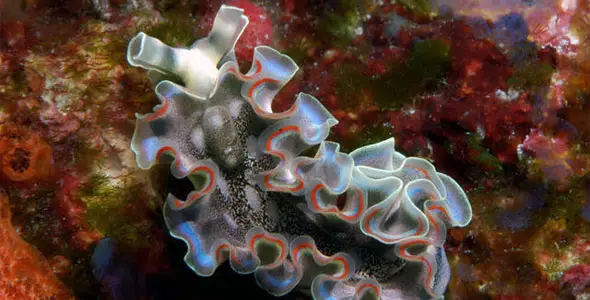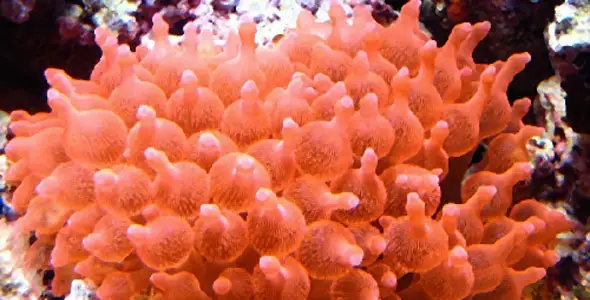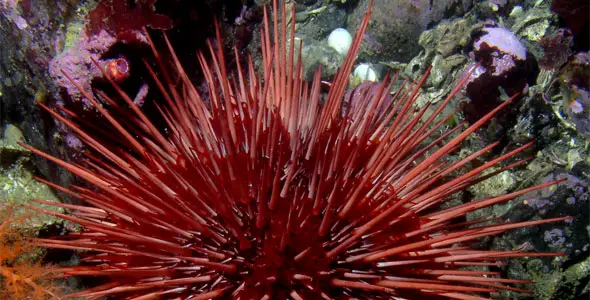Clownfish, easily recognized by their orange bodies stripped with white, are best known now thanks to the Disney film, Finding Nemo, in which a small, disabled Clownfish named Nemo is captured by a diver and must be rescued by his father. Clownfish are best known for being one of the few fish able to live inside an anemone without fear of being stung and eaten. Found predominantly in the warm waters of the Indian and Pacific oceans, these fish prefer to live in sheltered reefs and shallow lagoons. Though they live in groups, Clownfish have a strict dominance hierarchy and are sequential hermaphrodites. All Clownfish are born male, with the most aggressive and largest developing into a female, with the second largest and aggressive becoming the mating male. If the female is removed, the male will become female and the next male in line the mating male.
Clownfish and Anemones:
While a Clownfish, or Clownfish pair, can exist within a tank, the happiest Clownfish are those who have been provided their ideal home: a soft, flowing anemone. It may seem frightening to add an anemone to your marine tank, but they are fairly easy to establish in a reef tank. Be sure that you can provide the anemone with a hard, rough surface such as a chunk of rock to anchor itself to. Also be sure the current in your tank is not too strong. They require strong lighting of 2-5 watts for 12-14 hours every day in order to survive. The have no other tank requirements. Feeding an anemone is fairly simple: squirt finely chopped meat such as shrimp into the tank right near the tentacles of the anemone and it will happily eat them.
Clownfish and anemones have a mutualistic relationship with the anemones. The sea anemone provides the Clownfish with protection and food scraps. In return, the Clownfish cleans the anemone of parasites, defends it from predators, and even provides additional nourishment through the processing of the Clownfish’s excrement. There are a number of theories as to why the Clownfish can survive amongst the tendrils of an anemone; the two most common being that the mucus the Clownfish excretes prevents the anemone from detecting them as food. Likewise, it is possible that over the centuries the Clownfish has developed an immunity to the stinging of the anemone.
The wild companion of the Clownfish is the carpet anemone, however they are difficult to care for and endangered. Common anemones for marine tanks are saddle anemones, bubble anemones, and a long-tentacled anemone known as Macrodactyla dorensis. Clownfish are not comfortable around anemones in the Aiptasia genus, tube anemones or curlique anemones and will avoid them.
Care:
Clownfish are easy to care for and have few tank requirements. It is better to keep no more than one pair of Clownfish in a 30 gallon tank. In larger tanks, be sure to provide at least one anemone per couple or the pairs will fight over the territory. They prefer warmer waters between 74-78˚F and a pH between 8.2-8.6. Be sure to research your tank community before adding Clownfish. Although they are not known for being aggressive, there are some other species of fish, such as Triggerfish, that enjoy eating anemones and will completely eradicate a Clownfish home.
Diet:
Clownfish are omnivores and require that 20-25% of their diet be made up of plant matter such as algae. They are otherwise not picky eaters, happy to eat everything from flake food to frozen worms. They will also eat whatever bits of shrimp your anemone decides not to bother with.
Size: 3 Inches
Freshwater/ Saltwater: Saltwater
Diet: Omnivore
Reef Compatibility: 9
Tank Mate Compatibility: 8
Lifespan: Up to 7 Years




